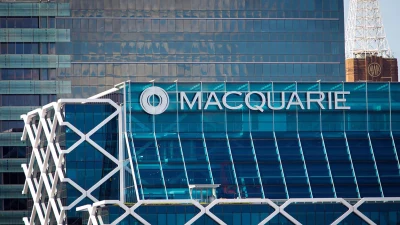(2 December, 2004) Investors grow wary of portfolio churners
Churning by fund managers can seriously damage the wealth of their investors, warns SunSuper chief investment officer Jack Gray.
“It is difficult being a long-term investor and dangerous being a short-term investor,” he says.
“Everybody feels the long-term investor has the moral high ground, but nobody is investing unless they are getting a premium fee.”
Gray, who will make his point in an address to this year’s FPA convention, says fund managers are churning portfolios on a regular basis and some will turn over the entire portfolio within a year. This is generating broking fees and taxes, which the average investor doesn’t want to pay. It is also eroding their returns on an annual basis.
“Churning in the short-term is a killer for people’s wealth,” he says. “According to Vanguard in the US, over a 20-year period between 1982 and 2002 it did an average return of 13 per cent over that timeframe.”
The average S&P mutual fund did 10 per cent, with the difference put down purely to churning, Gray says.
“The churning is horrific, with the average holding period of an asset 10 months,” he says.
“A manager churning a portfolio is costing 3 per cent per annum.”
Gray says the average investor is also being spruiked into moving funds to boost their performance, which is not being achieved.
“The average investor got 2 per cent per annum by churning,” he says.
Gray admits there are some opportunities to make money by buying and selling stocks, but he says it is a very difficult move to be successful.
“Fund managers churn because they believe they can add value,” he says. “But one of the real problems of churning is people buy things in excitement.”
Gray has his own investment acronym for this type of investing — INEPT.
“Inept stands for ‘Investment Entertainment Pricing Theory’,” he says.
“Stocks are priced on their entertainment values which is something a long-term investor avoids.”
Jack Gray speaks on ‘The Long and Short of Investing’, on Thursday December 2 at 2:15pm-3:15pm.
Recommended for you
In this episode of Relative Return Insider, host Keith Ford and AMP chief economist Shane Oliver unpack the RBA’s decision to keep the cash rate on hold in the face of rising inflation and whether the governor’s hawkish tone is a sign of things to come.
In this episode of Relative Return Insider, host Keith Ford and AMP chief economist Shane Oliver discuss the September quarter GDP figures, which show Australia’s economy regaining momentum.
In this new episode of The Manager Mix, host Laura Dew speaks to Haley Devine, head of wealth management at MaxCap Group, to delve into private credit and commercial real estate.
In this new episode of The Manager Mix, host Laura Dew speaks to Benjamin Leung, head of systematic investments at Macquarie Asset Management, to understand the use of systematic investments.







